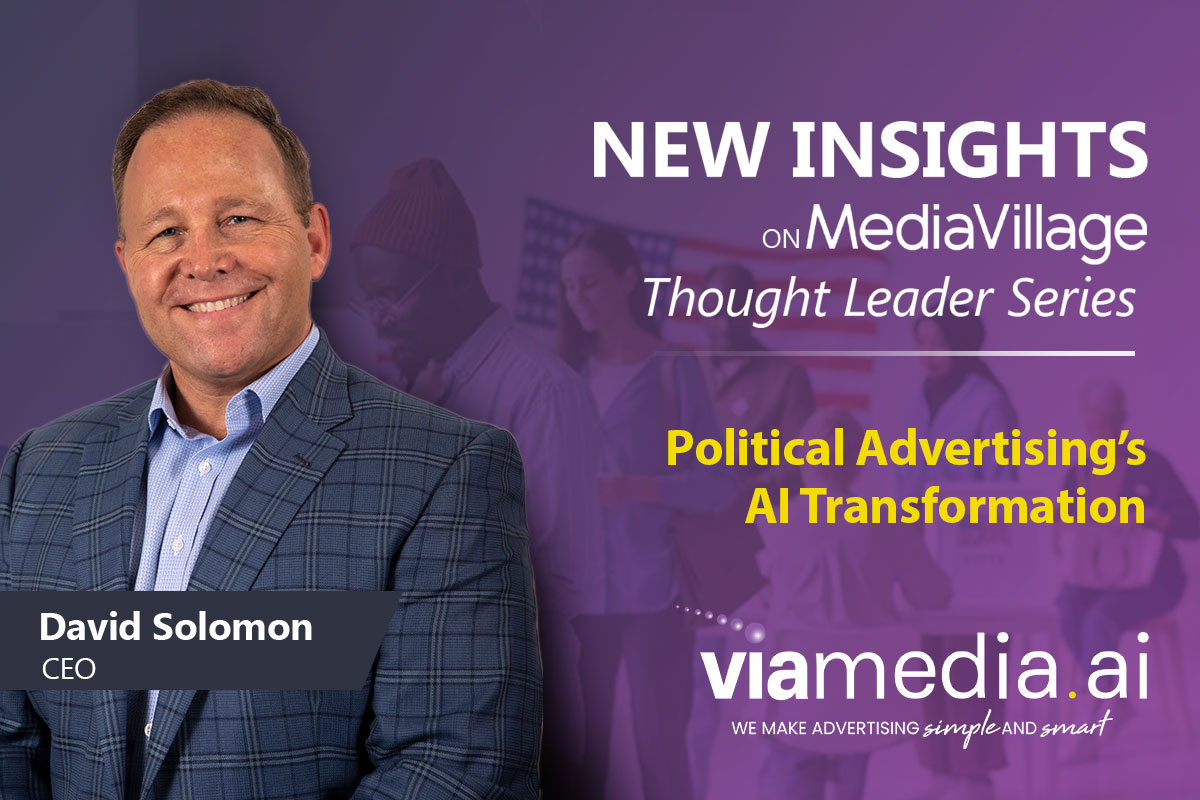Everyone’s agreed on yet another record vs. the 2022 Midterm cycle.
Drilling down, AdImpact projects House and Senate races to reach $5 billion – for House races, a record $2.2 billion; for Senate races, $2.8 billion, slightly outpacing 2024. Given the tight Democrat-GOP balance in both houses, the stakes are high: Our own latest count has 17 “toss-up” seats for Congress and 23 races that lean one party or another.
Drilling down further, state legislative and other down-ballot contests are projected to account for an estimated $3.9 billion.
At late August 2025, more than $900 million had already been spent, far ahead of the pace in 2023 and 2021.
So, where’s it being spent?
READ MORE
CTV’s growing fast, per AdImpact; it’s projected to increase to $2.5 billion – 23% of all political ad spending. Local broadcast TV still rules the roost, though with a more modest growth trajectory. Local cable spending is expected to hold steady on linear platforms, with growth opportunities in targeting – and, of course, MVPDs are growing their CTV ad footprints and capabilities.
CTV’s growth has been driven by campaigns prioritizing data-targeting and efficiency – but linear TV is poised to play bigger here, as I’ll detail further.
In terms of key races and states, per AdImpact, California is poised to top the field with a projected $1.1 billion – followed closely by battleground Michigan, with open seats for Senate and Governor, at a projected $936 million. Texas, Georgia and North Carolina are projected to produce more than $550 million each. Presumably competitive gubernatorial races loom in Arizona, Georgia, Michigan, Nevada, and Wisconsin.
Issues spending, too, will surge: Immigration and economic-focused ballot initiatives especially promise to make an impact.
So, what are we seeing at Viamedia?
Let’s start with ballot advertising: Women’s health issues are not seeing as much pre-2026 activity, but spending on other issues is truly popping – including, of course, redistricting ballot measures as well as healthcare, Medicaid, climate and tariff policy.
Among candidate races, we’re expecting more primary challengers taking on incumbents; we’re already seeing 2026 race dollars – earlier than prior cycles.
And these advertisers are going where the audience is: sports programming. We’re seeing lots of sports orders vs. years past.
Given Viamedia’s very large footprint across battleground states, we expect an exceedingly busy cycle.
And it promises to get even busier thanks to the inevitability of AI in the political advertising process.
In January 2025, I cited forecasts of a growing role for AI in advertising generally – and events are playing out as projected.
The benefits of widespread adoption can be summarized as a leveling of the playing field. For smaller non-cyclical advertisers like SMBs, it enables them to play in the Big Leagues and leverage the branding power of TV while reducing their dependence on social; for starters, they can now produce TV-quality spots inexpensively. According to a Digiday report, 41% of SMBs – whose ad budgets in recent years have been dominated by Meta and Google – would advertise on a new platform if they had access to better creative tools, per a National Research Group survey.
Similarly, for even the most bootstrapping political campaigns, AI is making multiplatform video advertising more accessible and affordable – enabling them to punch up vs. better-funded adversaries.
Here are some of the myriad ways in which AI promises to transform political advertising:
Content Creation: Campaigns can use generative AI to produce volumes of content quickly – fundraising emails, targeted social ads, personalized/customized messages – and, of course, impactful, high-quality video ads suitable for linear and digital TV consumption. Various tech providers and platforms are already announcing budget-conscious solutions to capitalize.
Streamlining and efficiency in the ad-buying/ad-order process – a particular focus for Viamedia and among the many ways we’re innovating on clients’ behalf.
Precision targeting: AI will take geo-targeting to new levels – another particular focus for Viamedia. Think of being able to reach a majority of voters within a single Congressional district with negligible spillover beyond that district’s borders. You’ll be hearing much more from us about this as the Midterms approach.
AI, of course, brings its share of challenges to the political marketplace. The “deepfake” threat and proliferating “slopaganda” risk eroding public trust in media platforms. The current regulatory environment is fragmented – a patchwork of state laws on disclosure requirements and civil action, and still-evolving federal oversight by the FEC and FCC. As for Congress, the Protect Elections from Deceptive AI Act and the AI Transparency in Elections Act have yet to be enacted. As for industry self-regulation, some AI companies have implemented voluntary policies but users have, unsurprisingly, found ways to bypass.
We’ll be here to help campaigns navigate all these waters, the calm and turbulent seas alike.
Posted at MediaVillage through the Thought Leadership self-publishing platform.
Click the social buttons to share this story with colleagues and friends.
The opinions expressed here are the author’s views and do not necessarily represent the views of MediaVillage.org/MyersBizNet.

